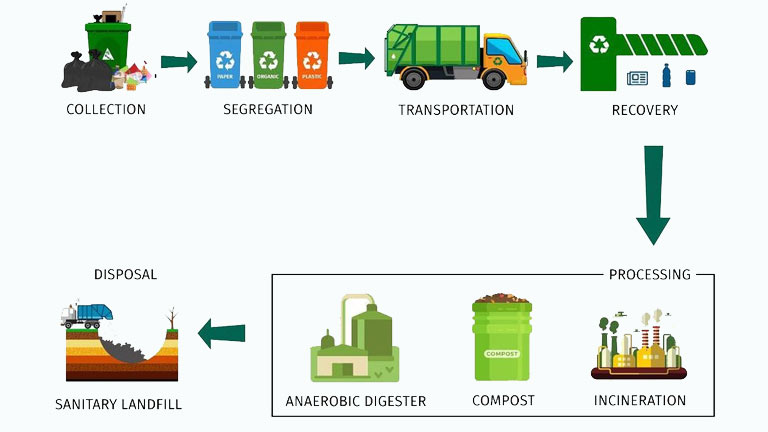
Liquid waste has become a major problem in the world. Its production has been increasing every year from different sources. Its main cause is an increase in the housing population, industry, and commercial hubs.
Liquid waste is affecting the environment, animals, and human health. Its disposal and management have become a big challenge for governments and people. You can’t destroy or throw it anywhere. Proper handling and management are essential. Otherwise, it can impact many lives and give birth to new diseases.
What are the major sources of liquid waste?
So if you want to know the major liquid waste producers and sources, this article highlights all those things.
Liquid waste from the house
Kitchen
Water from kitchens made of different materials comes from the washing up of ingredients, cooking liquids, and product byproducts from food processing and wastewater. It is not only obligatory but also a very crucial step to handle this waste stream very effectively in order to have a minimum environmental footprint, of course.
Bathroom
Bathroom wastewater, commonly labeled as blackwater, which includes human waste, soaps, detergents, and other cleaning agents, overwhelms the sewer system. Disposal and treatment that is correctly carried out help prevent water contamination of water sources and force garbage accumulation.
Toilet
The liquid waste of toilets is divided into human urine and feces, toilet paper, and bathroom cleaning products as well. One of the most frequently used terms is ‘blackwater’, usually also called ‘brown water,’ and also known as ‘sanitary sewage.’
Cleaning
Disposing of fluids Waste from activities like cleaning is made up of liquids that are diverse in their nature. Here lies a range of items, among which are disinfection solutions, detergents, and chemicals.
Liquid Waste from the Factory and Industry
Factory
Liquid wastes from the factory consist of a multiplicity of compounds (substances) that are generated during processing. These are mainly attributed to the exhaust emitted from manufacturing plants, chemical spills and leaks, cooling water, used oil, and all sorts of liquid waste.
Industry
Liquid industrial waste, otherwise referred to as industrial wastewater, involves discharged fluids during the production process of chemical or plant manufacture, the initiation of mineral extraction, the generation of heating energy, and the treatment of water. These may be of industrial or domestic origin. They often arise from factors such as storm water, wastewater, sanitary sewage sludge, hazardous domestic liquids, organic and inorganic wastewater, and domestic petrol and fuels. Proper disposal of hazardous materials identified as liquid wastes includes collecting and treating them in a proper manner to avoid pollution of the surface waters.
Liquid waste from animals
Animal waste, generated from livestock and meat production, includes urine, excreta, and wastewater. It can also involve residues from washing stalls, cages, and the animals themselves. If not managed properly, it poses risks to human health and the environment, affecting soil, water, and air quality. Efficient microorganism-based approaches aid in sustainable waste management, benefiting farmers, the environment, and overall sustainability. Additionally, most liquid waste from animals is urine, which dissolves unwanted salts to form yellowish urine.
More sources that generate liquid waste are rainwater, floods, soil erosion, earthquakes, pesticides, and oil refineries, which can also contribute to liquid waste. Many countries and cities like liquid waste disposal brisbane manage it with well-planned techniques.
In the end,
Humans generate more dangerous liquid waste, which is more difficult to dispose of and treat. Many chemical and manufacturing factories split wastewater into rivers, forests, and desolate places. Even they pump liquid waste inside the earth through borewells. Efficient liquid waste management requires proper collection, treatment, and disposal to prevent liquid waste pollution.




